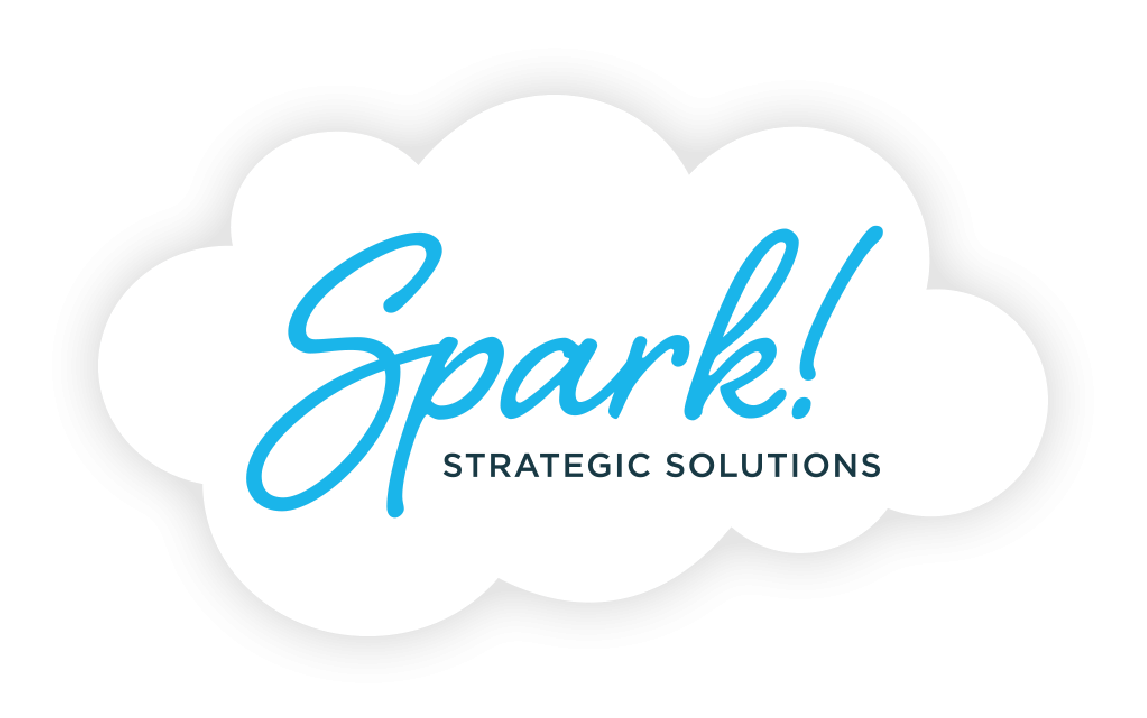
Have you ever heard someone use the term “neurotypical” or “neurodivergence” and had no idea what they were talking about? Here’s a hint: they were talking about neurodiversity.
Autism, ADHD, Dyslexia, Tourette’s: neurodiversity bucks the traditional medical model of treatment for one of acceptance and support. People who are diagnosed with these types of disorders are known as “neurodivergent,” while others are referred to as “neurotypical.” Overall, it suggests recognizing and celebrating the diversity of brain structures, rather than pathologizing and seeking to “cure” what is now considered a normal variation in brain development.
Believe it or not, neurodivergent people are estimated to make up between 15% and 20%1 of the global population!
But here’s the catch, neurodivergent folks usually need specific supports to work effectively in a neurotypical world. Neurotypical people don’t need the same accommodations because our society was largely built by neurotypicals for neurotypicals: the world is already built to accommodate their needs.
As an example, let’s use a car analogy: every car is different. Some cars are work trucks, they have the strength to tow massive loads and handle off-road conditions with ease. Sports cars, on the other hand, excel on smooth pavement while struggling on the dirt and underutilizing their power among crowded city streets. Economy cars, however, make excellent city vehicles with good mileage despite city traffic.
Now imagine a world made up 80-85% with trucks. There’s no pavement, because they never really needed it. There’s still a lot of Mustangs parked in garages, but nowhere to drive them. Rather than lifting the Mustangs and sticking them with off-road tires, we should build roads that meet their needs, allowing their strength to shine where trucks otherwise could not. And at the same time, the trucks see the benefit of the roads as well!
Autism, ADHD, Dyslexia, Tourette’s: neurodiversity bucks the traditional medical model of treatment for one of acceptance and support. People who are diagnosed with these types of disorders are known as “neurodivergent,” while others are referred to as “neurotypical.” Overall, it suggests recognizing and celebrating the diversity of brain structures, rather than pathologizing and seeking to “cure” what is now considered a normal variation in brain development.
Believe it or not, neurodivergent people are estimated to make up between 15% and 20%1 of the global population!
But here’s the catch, neurodivergent folks usually need specific supports to work effectively in a neurotypical world. Neurotypical people don’t need the same accommodations because our society was largely built by neurotypicals for neurotypicals: the world is already built to accommodate their needs.
As an example, let’s use a car analogy: every car is different. Some cars are work trucks, they have the strength to tow massive loads and handle off-road conditions with ease. Sports cars, on the other hand, excel on smooth pavement while struggling on the dirt and underutilizing their power among crowded city streets. Economy cars, however, make excellent city vehicles with good mileage despite city traffic.
Now imagine a world made up 80-85% with trucks. There’s no pavement, because they never really needed it. There’s still a lot of Mustangs parked in garages, but nowhere to drive them. Rather than lifting the Mustangs and sticking them with off-road tires, we should build roads that meet their needs, allowing their strength to shine where trucks otherwise could not. And at the same time, the trucks see the benefit of the roads as well!


